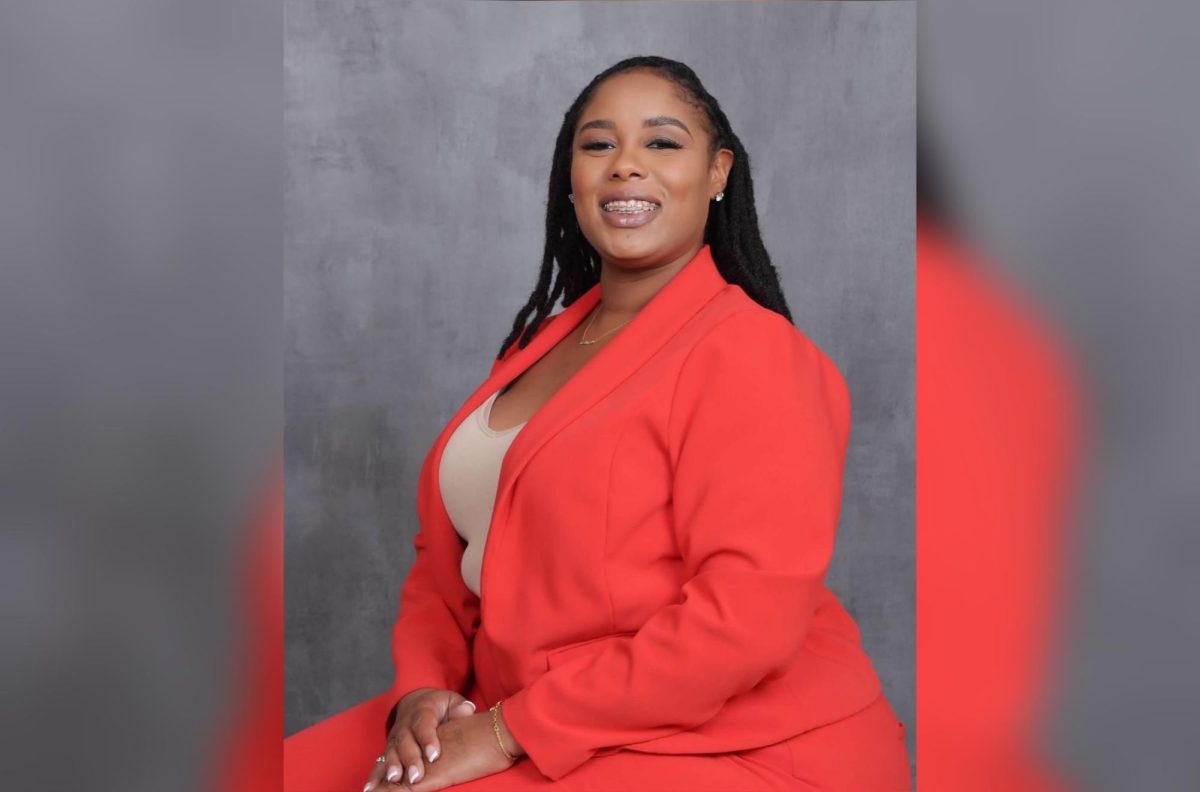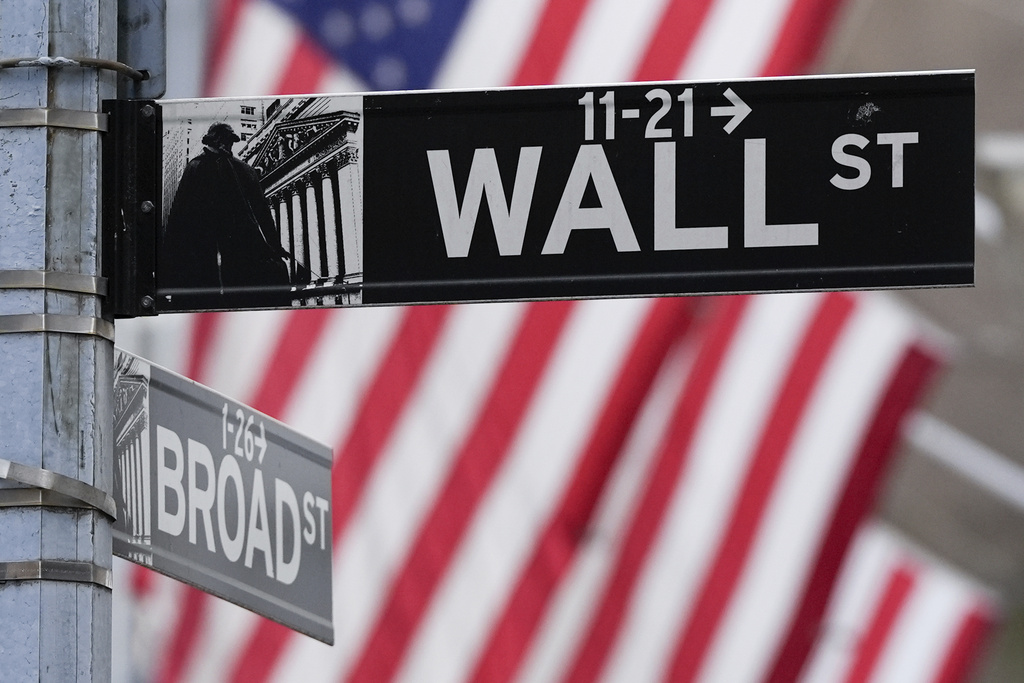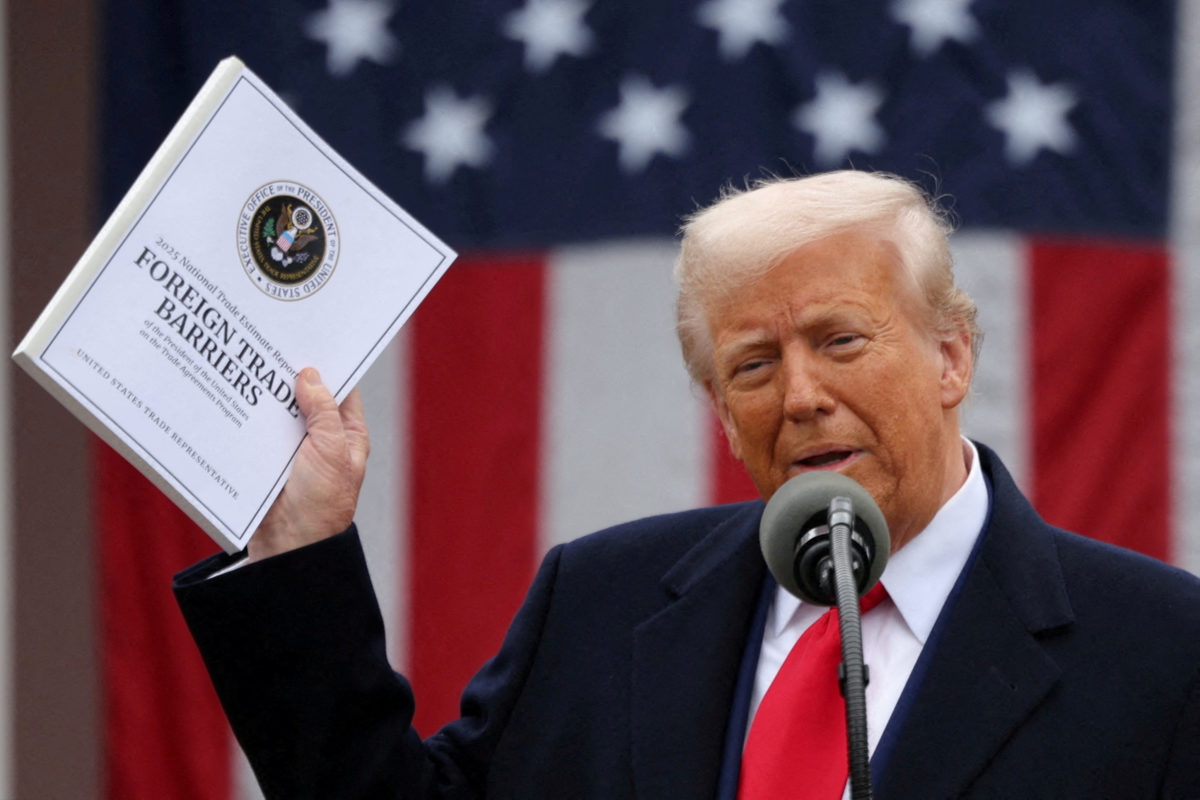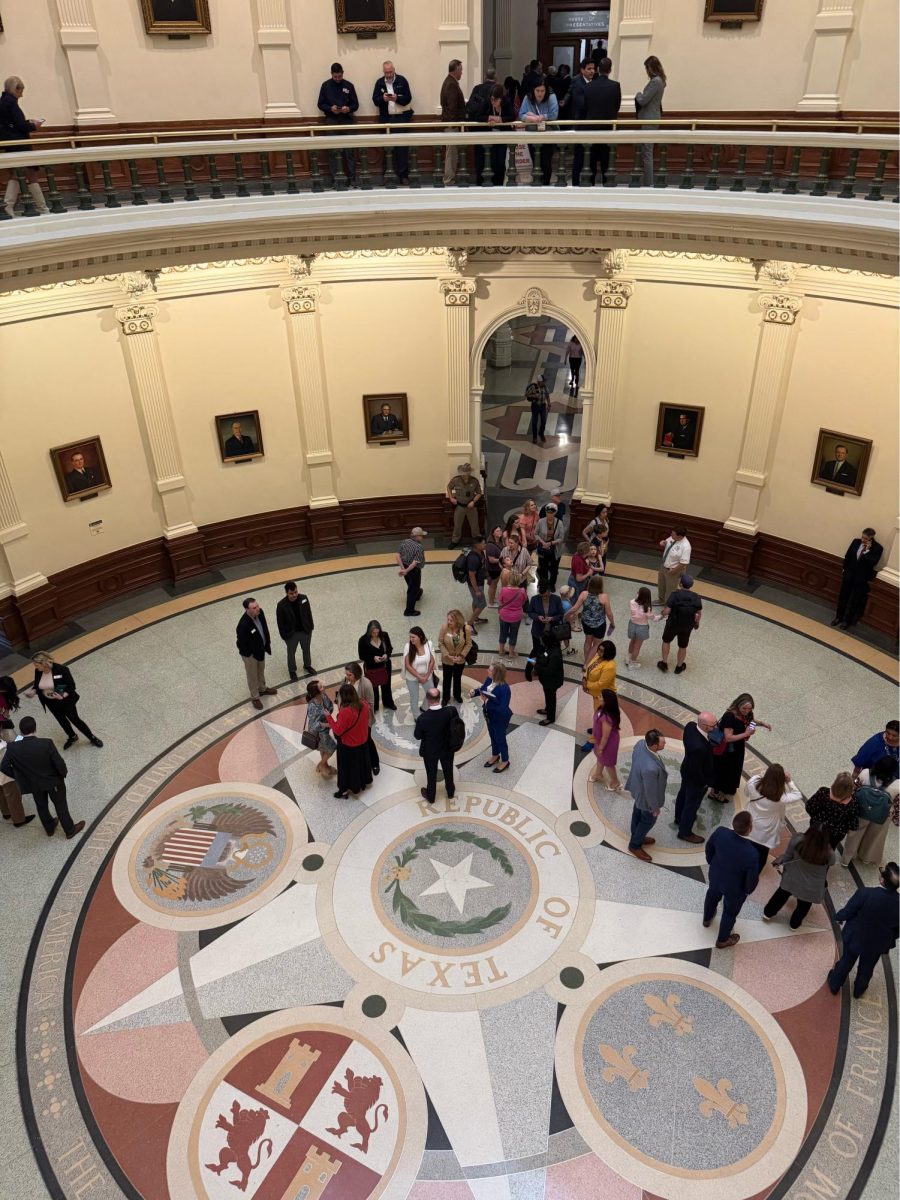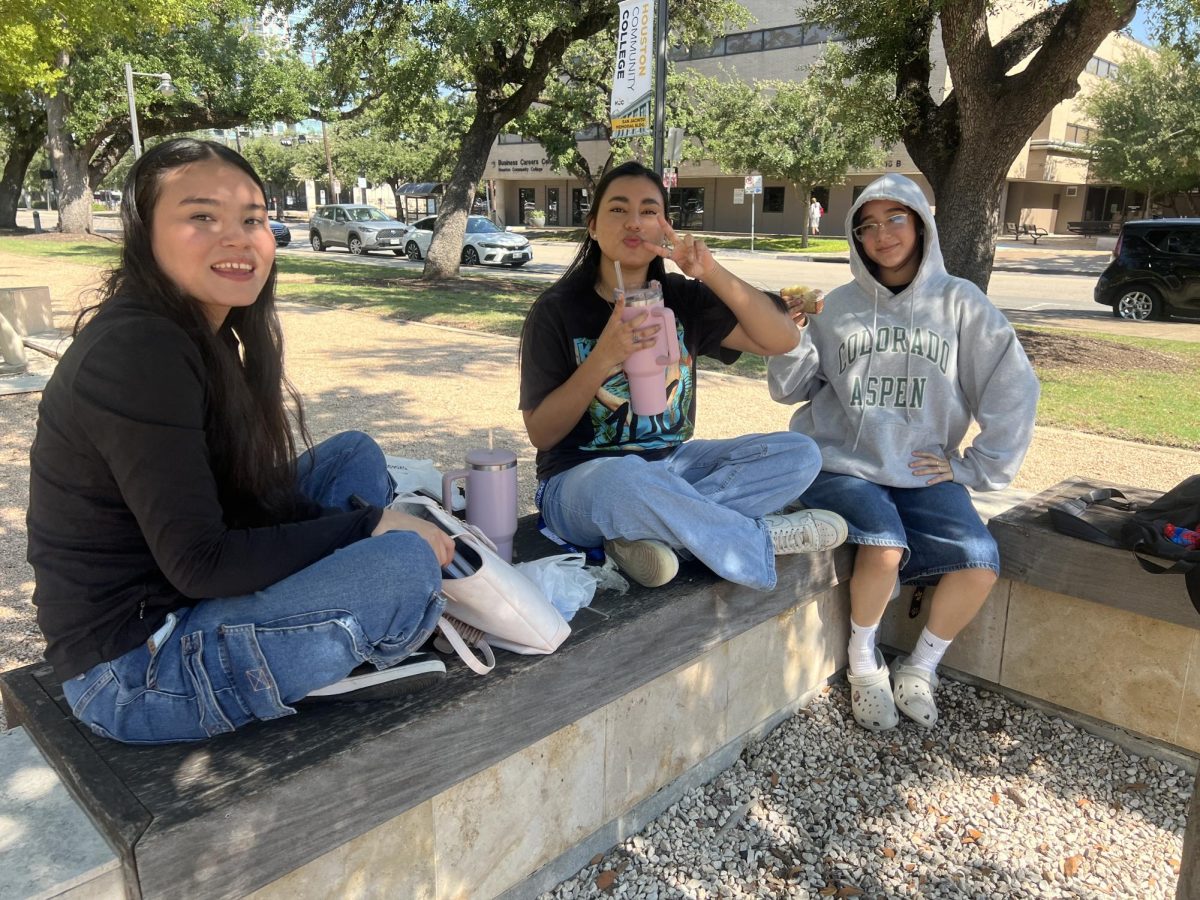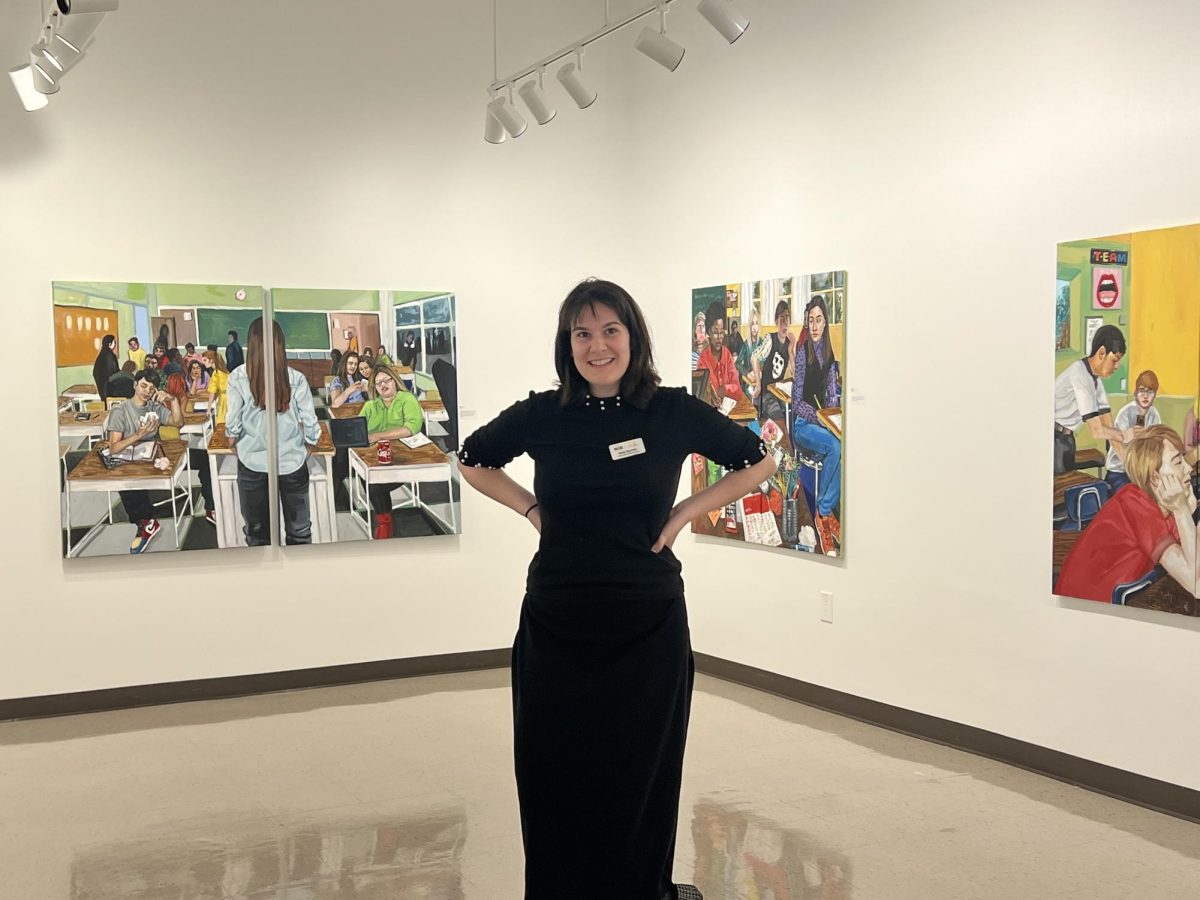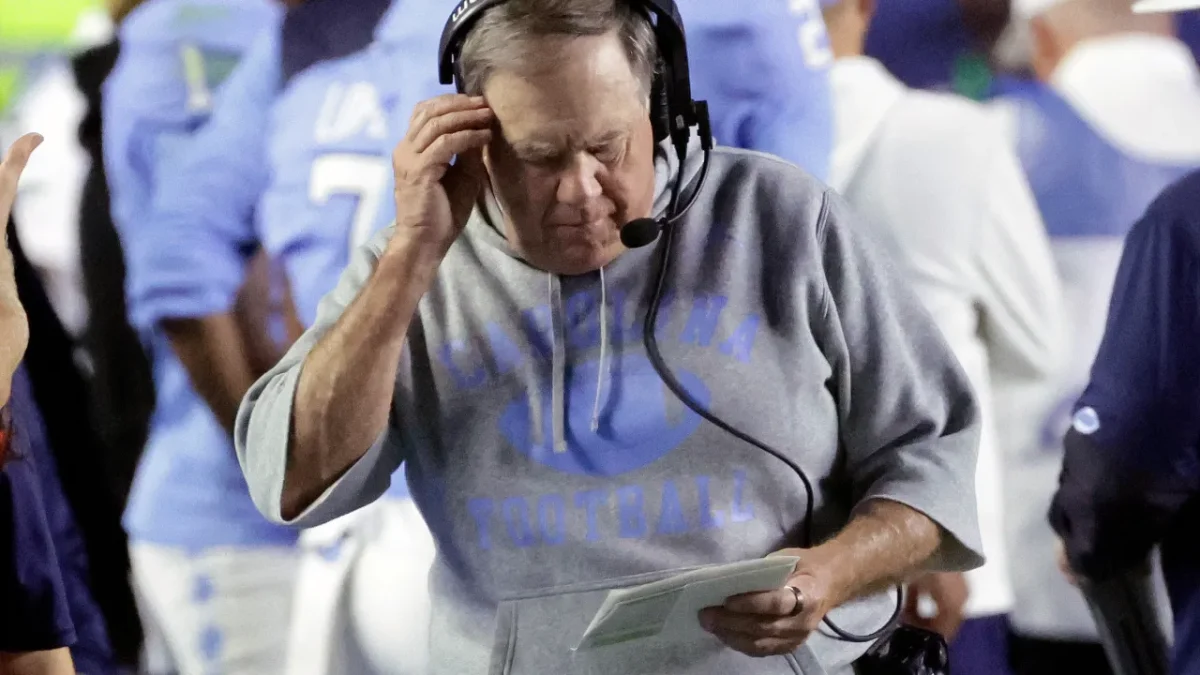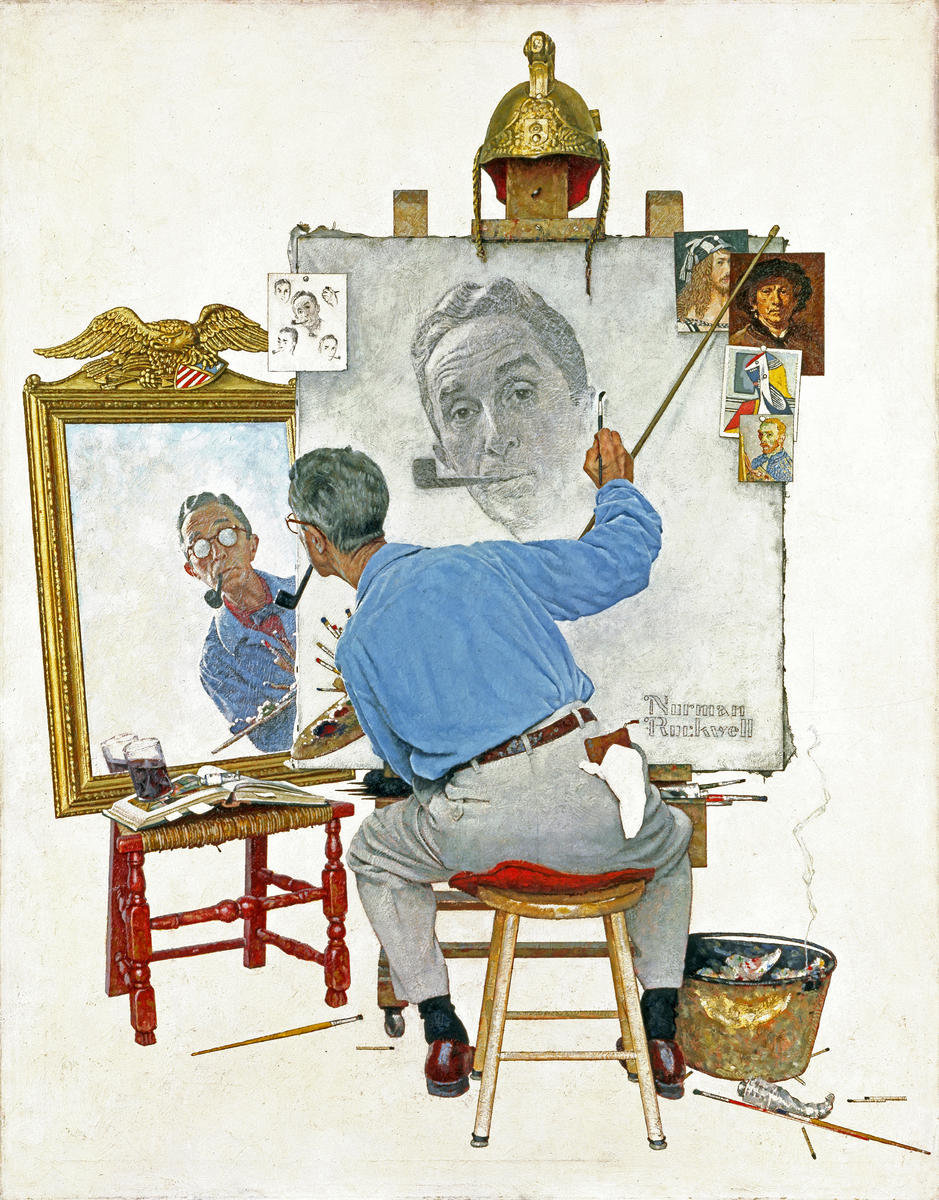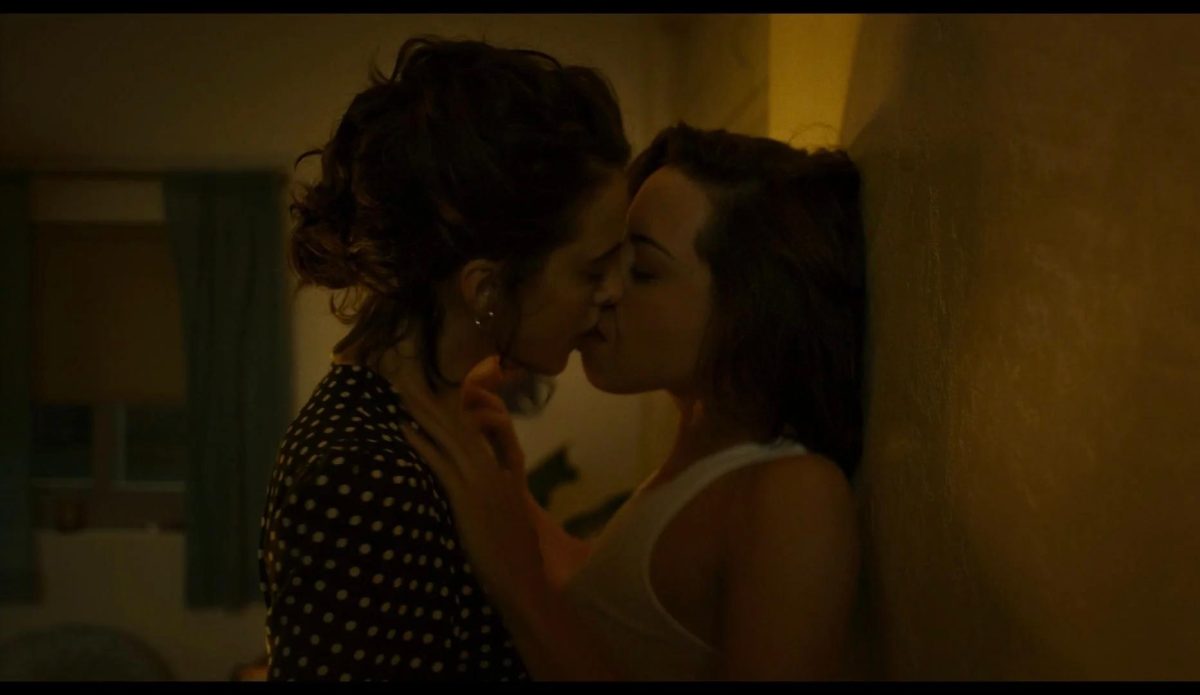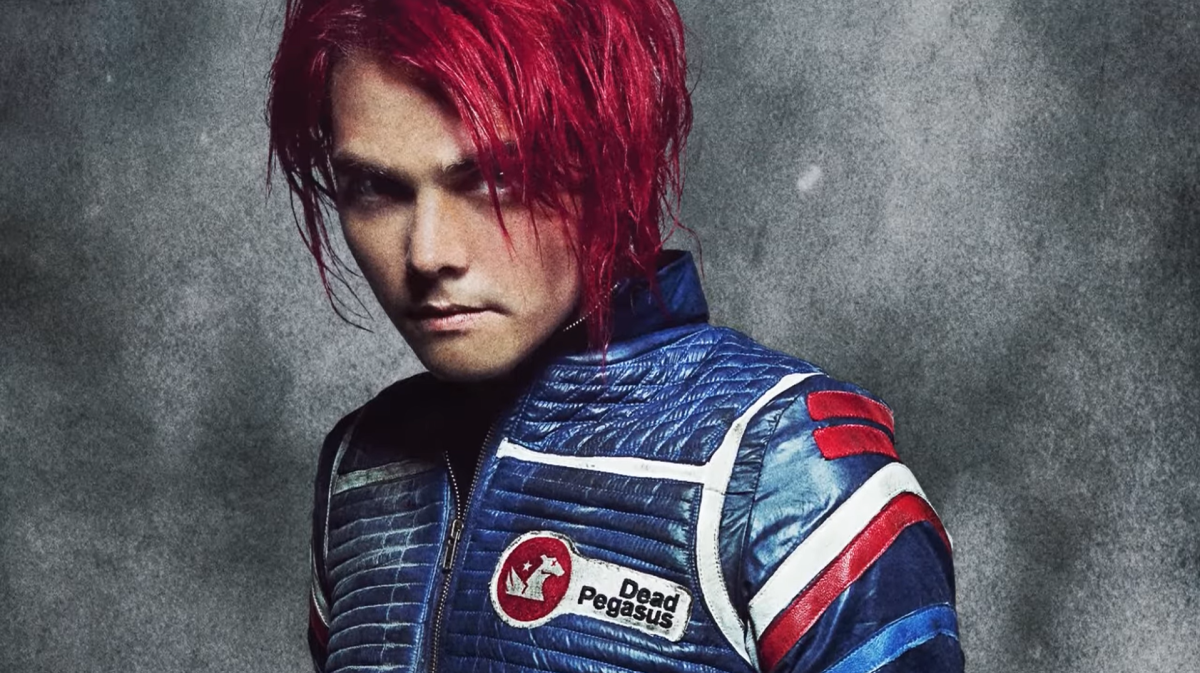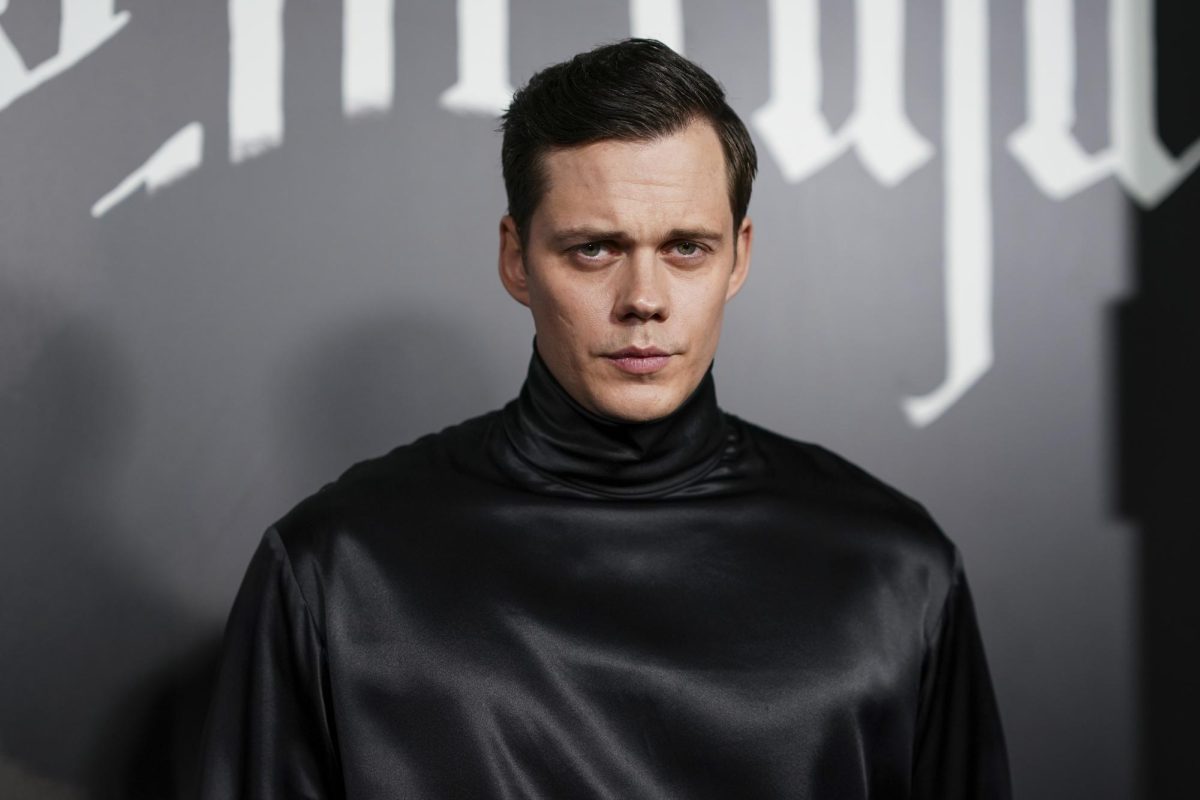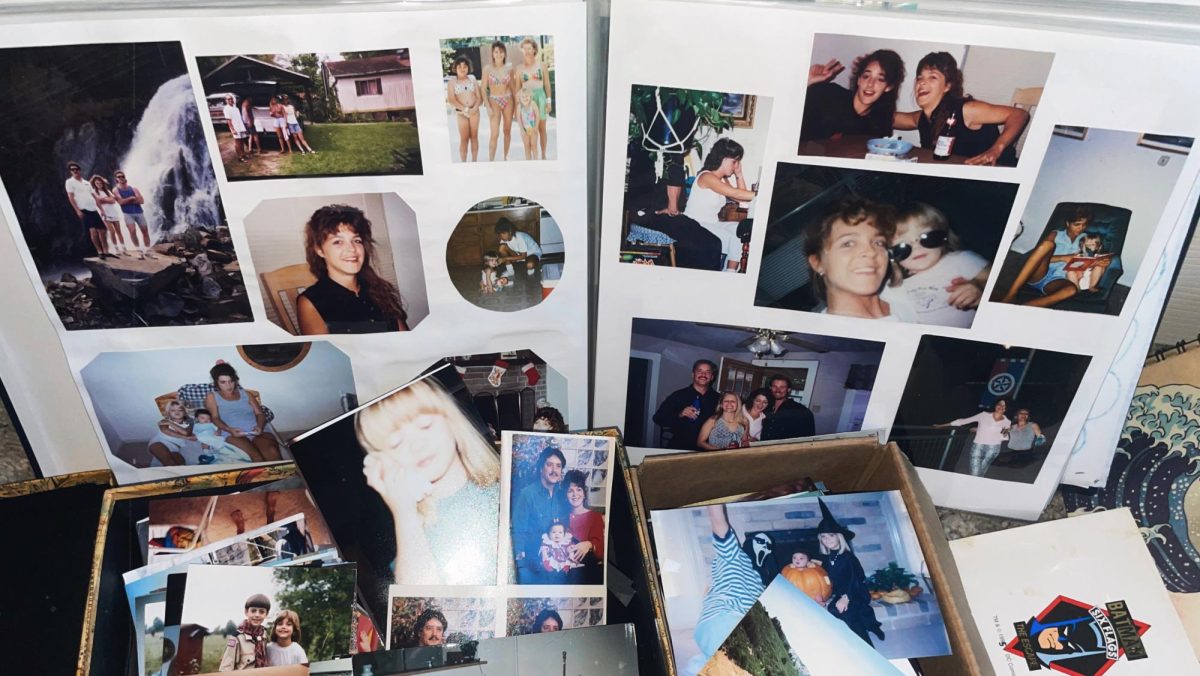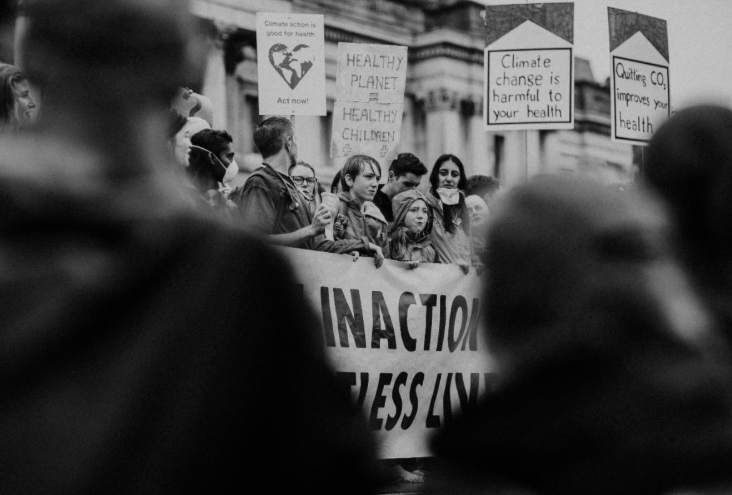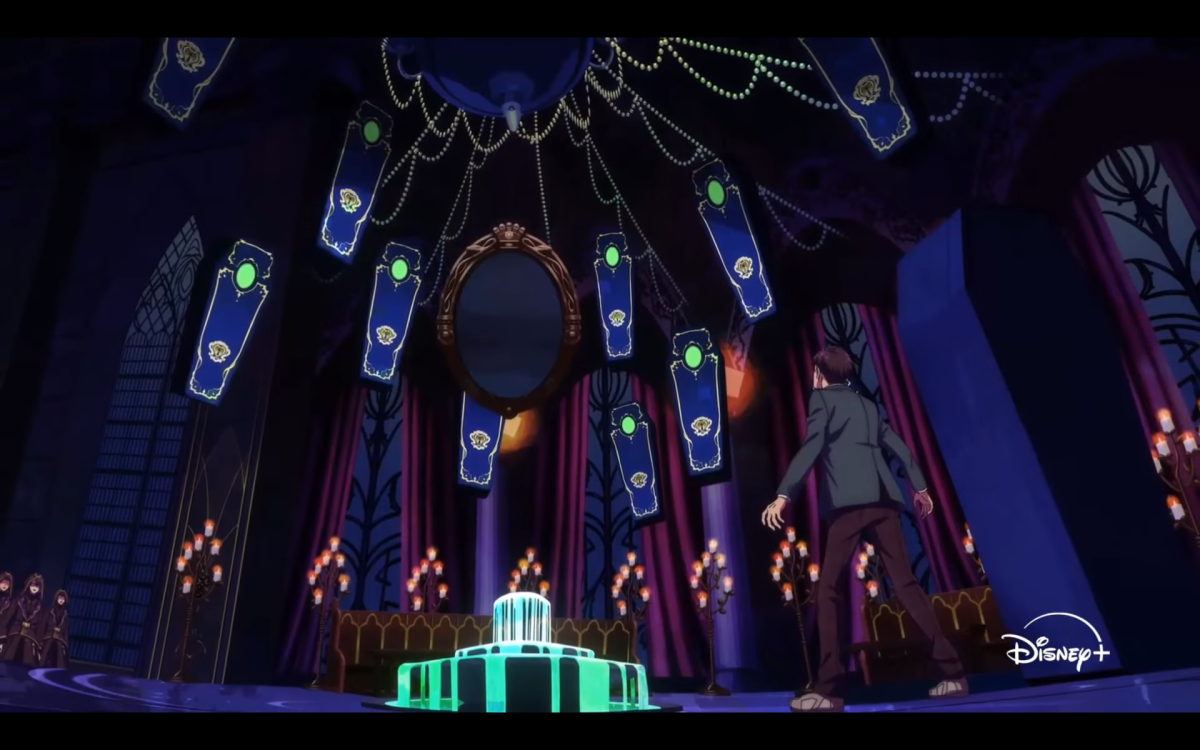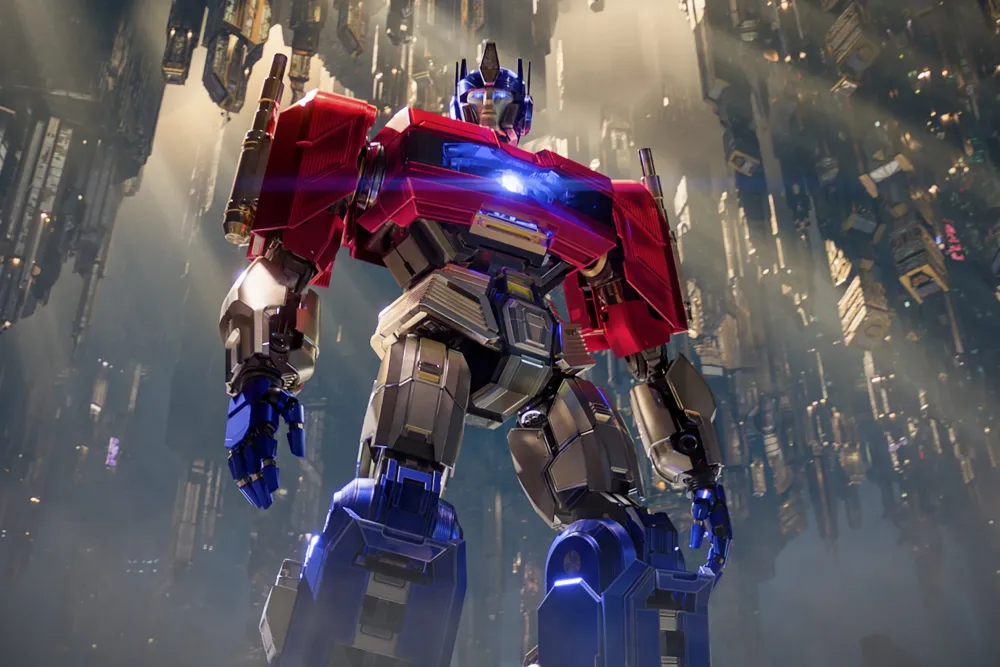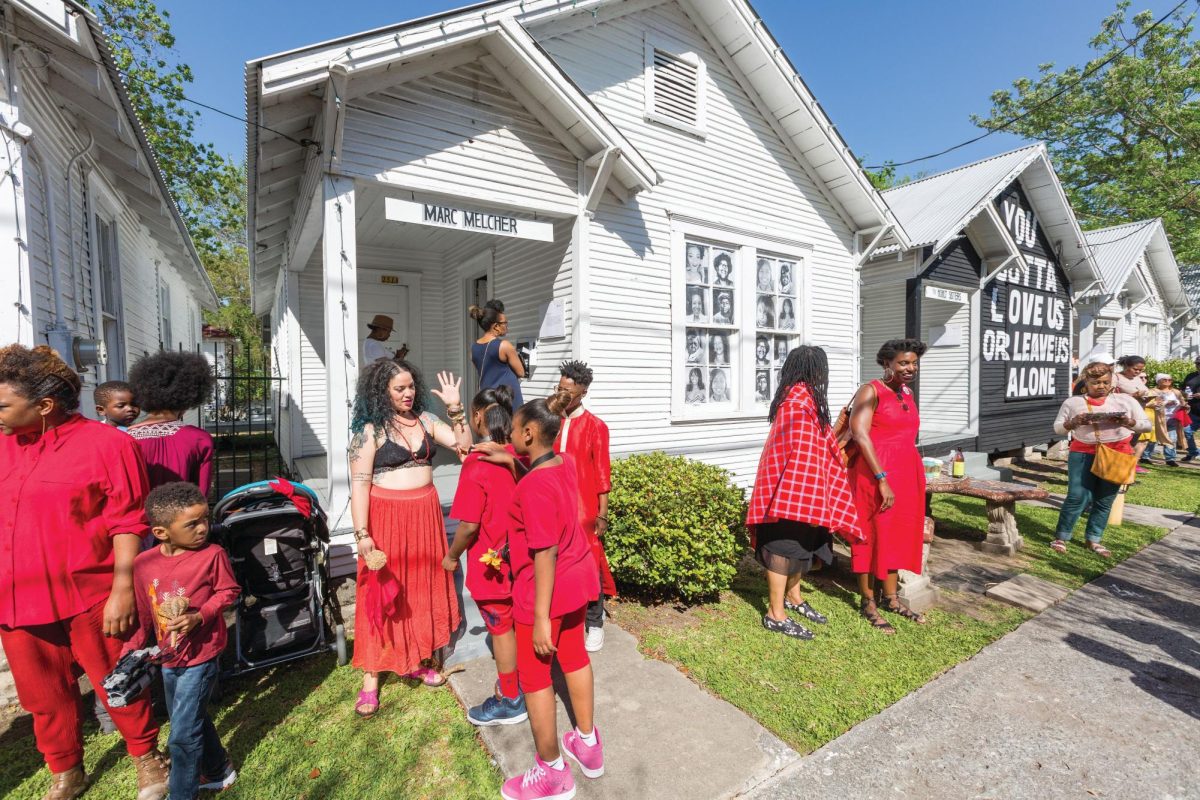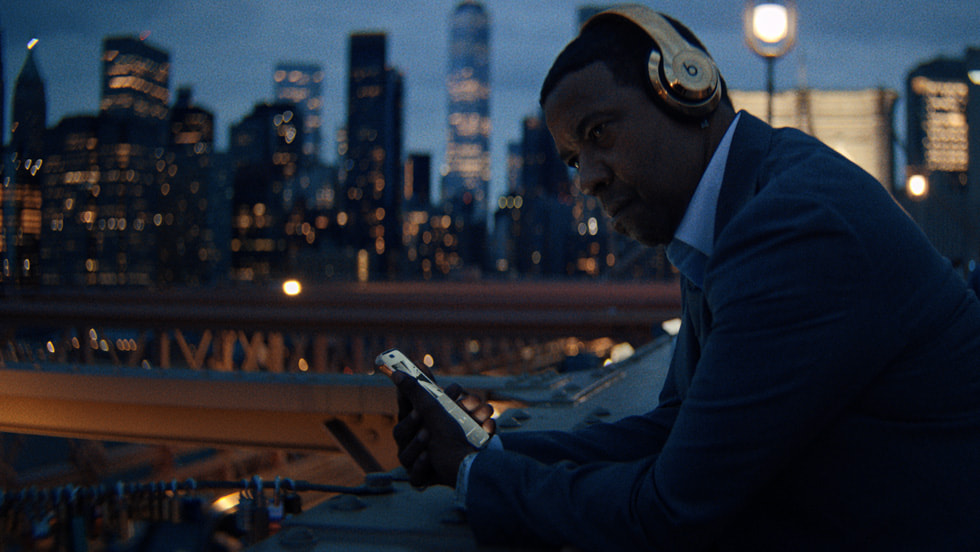The story of Afrofuturism starts in the past—or maybe it starts in the future? Honestly, time bends when we are talking about Afrofuturism. It is a space where Black identity is not just shaped by the past but also by what we can imagine for ourselves. Afrofuturism is not just about futuristic fantasies; it is about taking back the narratives that have been stolen and erased. While the term “Afrofuturism” was coined by Mark Dery in 1993, the heart of the movement has always been shaped by Black creators, pushing beyond the boundaries of oppression.
The mother of Afrofuturism, Octavia Butler was not just a writer—she was a visionary. In Parable of the Sower and Parable of the Talents, she painted a picture of a future that seemed distant at the time, but today, it feels closer than ever. Butler’s work dives deep into the consequences of our neglect and how it shapes the future. She said, “I didn’t make up the problems… All I did was look around at the problems we’re neglecting now and give them about 30 years to grow into full-fledged disasters.” (Essence Magazine, May 2000)
She was reflecting the issues we see today, such as the growing wealth gap, the crumbling education system, the rise in drug addiction, and increasing violence in communities. All playing out in the shadow of global warming, like the recent California wildfires. Even the slogan “Make America Great Again” echoes the kind of nationalism and regressive politics that the Trump administration embraced the very political climate Butler warned about. Her work was not about imagining a fantasy; it was about holding up a mirror to the present, showing us what happens when we ignore the problems around us.
The father of Afrofuturism, Sun Ra, was more than just a musician he was a creative genius. His avant-garde jazz and experimental compositions were not just about sound; they were about world-building. He crafted an entire mythology around himself, claiming to be from Saturn and using his art to tell stories, reimagining a future where Black people could transcend the limitations of Earth both literally and figuratively. The fusion of mythology, spirituality, and futurism that Sun Ra pioneered still shapes artists today. In Houston, Angelbert Metoyer channels a similar energy into his work, blending history, cosmic symbolism, and Black identity into pieces that defy traditional forms. Like Sun Ra’s music, Metoyer’s art moves beyond boundaries his use of found objects and layered textures transforms everyday materials into portals of deeper meaning. Though his work has been shown worldwide, his roots in Houston remain strong, where his art continues to challenge and inspire.
Black to the future (Places to check out in Houston)
Project Row Houses, located at 2521 Holman Street in Houston’s historic Third Ward, has been a transformative force in the community since 1993. Founded by Rick Lowe and a group of artists, it repurposes old shotgun houses into dynamic spaces for art, culture, and engagement. Their mission is simple but powerful: “We empower people and enrich communities through engagement, art, and direct action.” Project Row Houses blends Black cultural history with contemporary art, creating a platform that addresses pressing issues like gentrification and inequality. It is Afrofuturism in action.
The African American Museum Houston (4807 Caroline Street) is a huge part of showcasing how Afrofuturism intersects with Black culture today. They have had exhibits like Mami Wata, which blends African spirituality and futuristic visions, tying ancient traditions to modern Afrofuturist themes. Their mission is to “collect, conserve, explore, interpret, and exhibit the material and intellectual culture of Africans and African Americans in Houston, the state of Texas, the southwest, and the African Diaspora.” This speaks to the core of Afrofuturism looking at the past to imagine a future that celebrates and transforms Black identity. Through exhibitions and art, the museum challenges boundaries, creating space for the culture to evolve.
Afrofuturism has come a long way since its origins. The movement has crossed into mainstream culture, making its mark on everything from music with artists like OutKast, Janelle Monáe, Erykah Badu and Rashid Johnson, to films like Black Panther, they cloned Tyrone and Antebellum. No matter how far it goes, Afrofuturism is still a powerful reminder of the importance of reclaiming the future while honoring the past.


